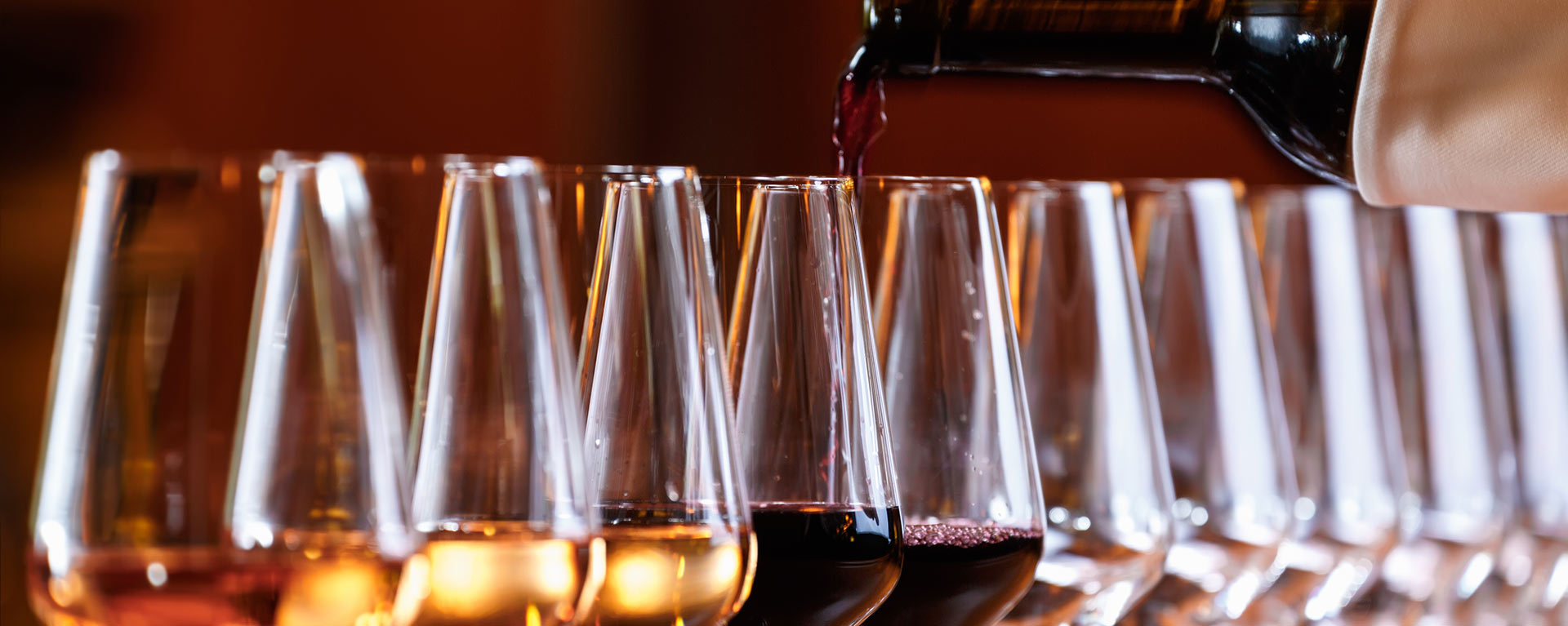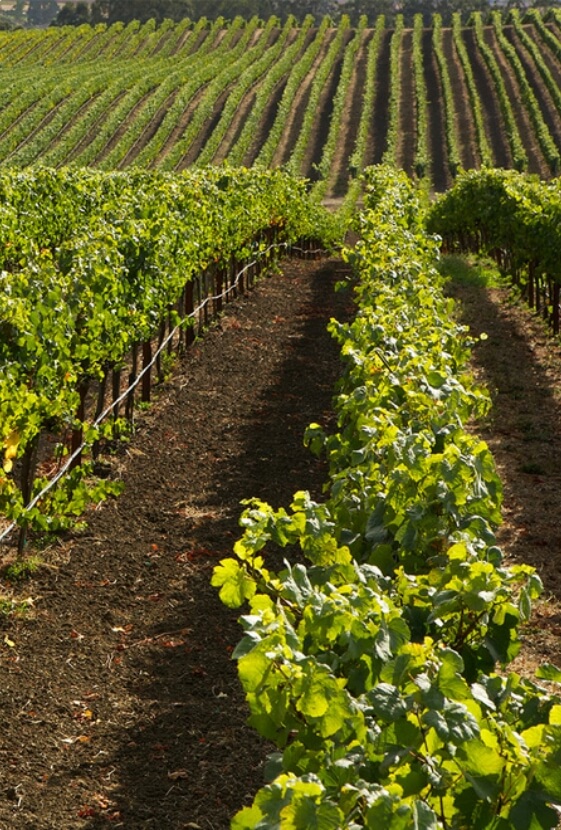Malbec from Argentina is clearly entering a new phase in its development. Long a consumer favorite for its robust dark fruit and spice flavors and supple texture, Malbec rocketed to popularity in the United States beginning in the mid-l990s. Although demand has drifted downward since 2010, there hasn’t been a bust, either. The category is growing out of its adolescence and embracing new styles and approaches while maintaining high levels of quality among the top bottlings.
An exploration of new terroirs is now dnving many single-varietal expressions, with vintners trying to optimize the unique characteristics of the Argentine landscape. In Mendoza, the heartland of Malbec, and emerging northern districts such as Salta, high altitude is the name of the game in pushing the boundaries. Gravels, cobbles and rock washed down from the towering heights of the Andes, as well as outcrops of shale and limestone, are beig exploited for new flavors and structures.
Another path in Argentina that could be as important for the development of Malbec is its affinity for being blended with other red grapes, especially varieties such as Cabernet Sauvignon, Cabernet Franc and Merlot. In the long run, Malbec’s blendability will help the grape continue to succeed on the world stage. One producer that has excelled in this approach for the past two decades is the d’Aulan family, who came from France in 1997 and founded Alta Vista winery in Mendoza. Recently, I tasted a vertical of its flagship bottling, Alto, a Malbec-based blend that prominently feature about 20 percent Cabernet Sauvignon.
Owner Patrick d’Aulan opened older vintages in Wine Spectator’s Napa office, going back to Alto’s inaugural 1998 release, to show how the wines have aged. Overall, they continue to taste remarkably fresh and well-structured, with many showing enough stuffing to keep developing. In large measure, their quality matched or exceeded the quality of their initial releases. Cabernet brings structure, and the silkiness of the Malbec envelops the Cabernet,” d’Aulan says.
The tasting also highlighted the vintage variations that Argentine reds can exhibit, mostly notably the effects of the gyrations of El Nino. This climatic event can
pump rain and cloud cover into the normally dry and blue skies of Mendoza during the harvest season. El Nino is a double-edged sword m Argentina: If not handled properly, the resulting wines can be dilute; but with attentive work in the vineyard and cellar, elegant, refined wines can be made.
The grapes for Alto come from sites at about 3,200 to 3,600 feet above sea level, a moderately high altitude for Argentina. The gravelly soils are filled with old-vine planting , some almost 90 years old. The Malbec comes from Las Compuertas in the Lujan de Cuyo; sources for the Cabernet have varied but the fruit now comes from El Cepillo in the Valle de Uco. Winemaker Didier Debono, who grew up in Cognac and worked for the d’Aulan family in Bordeaux before taking the reins at Alta Vista in 2002, ferments the grapes in small cement tanks and then ages the wine approximately 15 months in new French oak barrels before resting It in bottle for at least another 48 months.
Below are the highlights of my non-blind tasting:
1998: Still zesty and filled with raspberry, strawberry and fig flavors that turned plush, with loamy nuances on the finish. An El Nino vintage. 93 points
2003: Another El Nino vintage, with an almost Burgundian quality to the mineral-infused flavors. A chocolate component lingers into the creamy finish. 90 points
2005: Refined and powerful, yet restrained, offering intense raspberry and cherry pie flavors that feature notes of cast iron. Still firmly tannic on the finish. 96 points
2006: Very ripe but balanced, with dark fruit and Christmas pudding flavors. 92 points
2009: This complex version is filled with notes of crushed stone to the dried blueberry, smoke and spice flavors. 94 points
2010: Delicate, with silky tannins, plenty of minerality and creaminess in the red fruit flavors. Rich and balanced. 94 points. The current vintage, 2013, continues the pattern of success at 95 points ($85).
Senior editor Kim Marcus has been with Wine Spectator since 1988.





